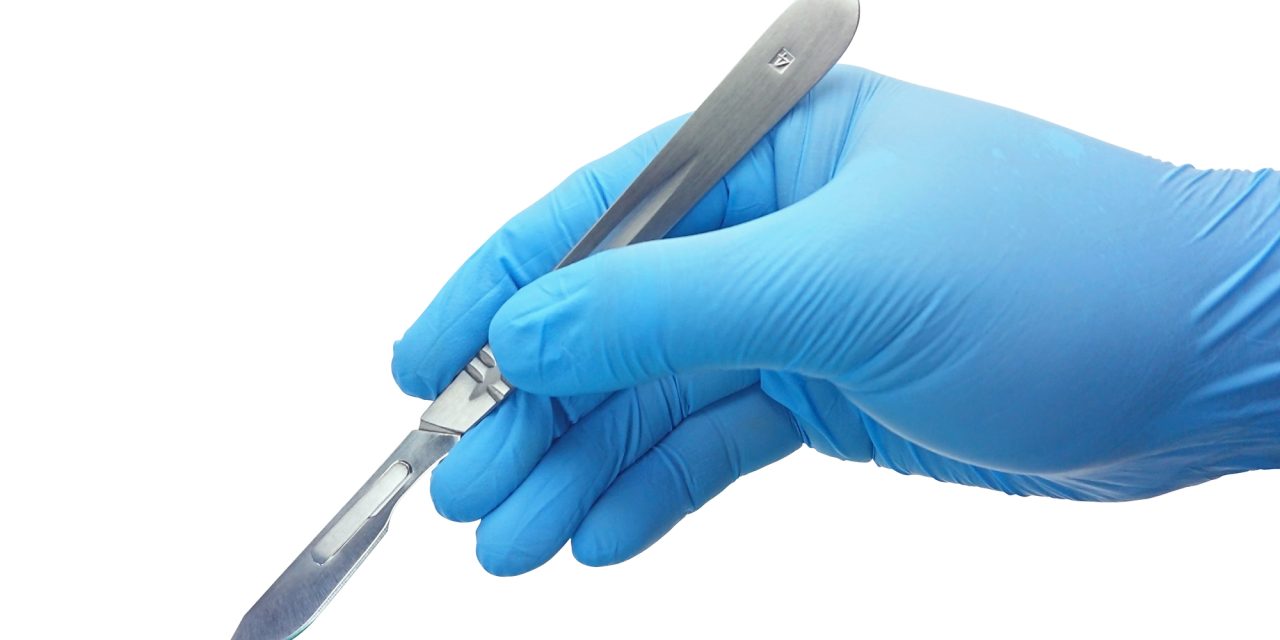As a cross-section discipline within the hospital infrastructure, radiological departments might be able to provide important information regarding the impact of the COVID-19 pandemic on healthcare. The goal of this study was to quantify changes in medical care during the first wave of the pandemic using radiological examinations as a comprehensive surrogate marker and to determine potential future workload.
A retrospective analysis of all radiological examinations during the first wave of the pandemic was performed. The number of examinations was compared to time-matched control periods. Furthermore, an in-depth analysis of radiological examinations attributed to various medical specialties was conducted and postponed examinations were extrapolated to calculate additional workload in the near future.
A total of 596,760 examinations were analyzed. Overall case volumes decreased by an average of 41 % during the shutdown compared to the control period. The most affected radiological modalities were sonography (-54 %), X-ray (-47 %) followed by MRI (-42 %). The most affected medical specialty was trauma and orthopedics (-60 % case volume) followed by general surgery (-49 %). Examination numbers increased during the post-shutdown period leading to a predicted additional workload of up to 22 %.
This study shows a marked decrease in radiological examinations in total and among several core medical specialties, indicating a significant reduction in medical care during the first COVID-19 shutdown.
· Number of radiological examinations decreased by 41 % during the first wave of the COVID-19 pandemic.. · Several core medical specialties were heavily affected with a reduction of case volumes up to 60 %.. · When extrapolating postponed examinations to the near future, the overall workload for radiological departments might increase up to 22 %..
· Fleckenstein FN, Maleitzke T, Böning G et al. Decreased Medical Care During the COVID-19 Pandemic – A Comprehensive Analysis of Radiological Examinations. Fortschr Röntgenstr 2021; DOI: 10.1055/a-1368-5047.
Thieme. All rights reserved.
Decreased Medical Care During the COVID-19 Pandemic – A Comprehensive Analysis of Radiological Examinations.


